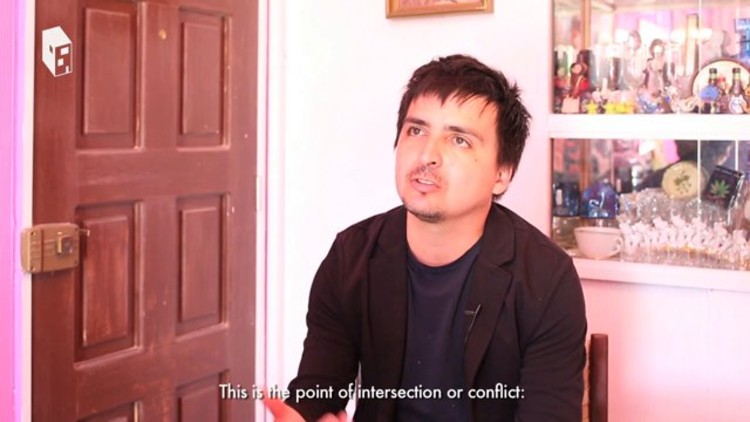
We had the chance to sit down with Pedro Alonso, one of the curators of the Chilean pavilion “Monolith Controversies,” at the 2014 Venice Biennale, to learn more about the concept and inspiration behind the Silver Lion-winning pavilion. “We were interested in demonstrating that architects didn’t absorb modernity, but rather, they supplied it. The ones who absorbed it were the workers and the people,” Alonso told us, outside of a replica of a Chilean apartment – the entrance to the Pavilion. “The absorption of modernity has to do with the pieces we are exhibiting. For example, this apartment, the apartment of Mrs. Silvia Gutiérrez in Viña del Mar, which is an exact replica – object by object- of the 518 things that make up her living room.”




















